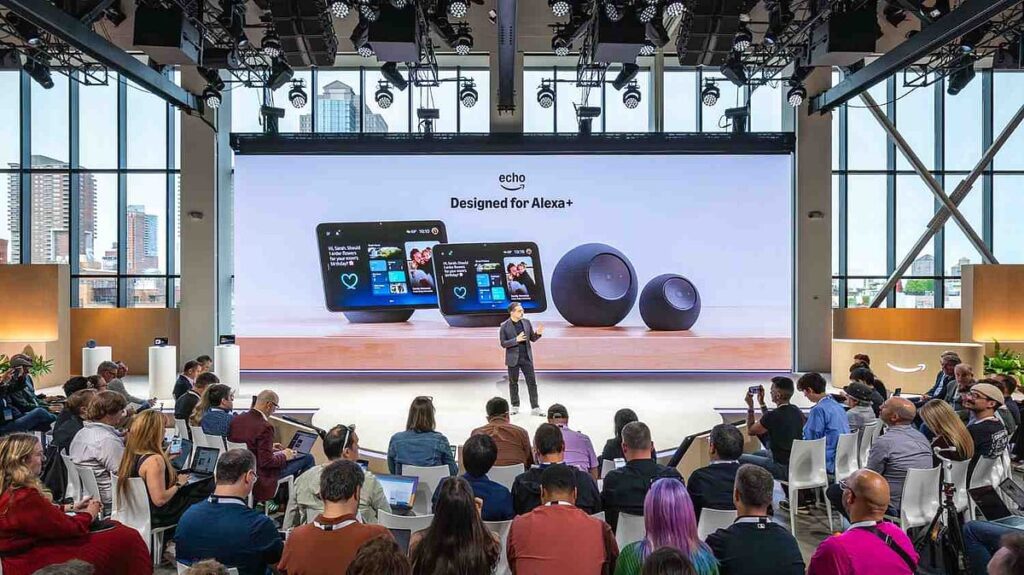This week in technology witnessed a multitude of intriguing developments that have significant implications for small and medium-sized businesses (SMBs) and automation specialists. The release of several noteworthy platforms and updates has the potential to shape the landscape of AI and automation, prompting a deeper analysis of their strengths, weaknesses, costs, return on investment (ROI), and scalability. Notably, YouTube introduced a lower-priced Premium Lite membership in India, which could cater to cost-sensitive markets and redefine strategies for premium content distribution. Meanwhile, Anthropic unveiled Claude Sonnet 4.5, OpenAI launched its Sora 2 AI model, and Apple rolled out iOS 26.0.1. All these advancements present substantial opportunities for businesses looking to leverage technology for increased efficiency.
When analyzing automation platforms, two contenders that stand out are Make and Zapier. Both are designed to facilitate the automation of business processes; however, their approaches and functionalities differ significantly. Make, often lauded for its visual interface and advanced capabilities, allows smoother integration with a wide array of applications. It empowers users to create complex workflows without extensive coding knowledge, which can enhance speed and efficiency. Companies that need intricate automations that require deep data manipulation will find Make quite appealing, as it provides greater flexibility than most competitors.
On the other hand, Zapier offers a simpler user experience geared toward quick setup and ease of use. While it may not have the depth of functionalities seen in Make, Zapier excels in its integration with a vast library of applications—over 3,000 at last count—which is invaluable for users who prioritize speed and user-friendliness. From a cost perspective, Make’s pricing tends to offer more value for advanced users or companies with specific needs, though Zapier’s tiered model allows businesses to start small and upgrade as necessary. Therefore, the choice between the two comes down to the complexity of automation needed: Make for comprehensive and intricate processes, and Zapier for swift, straightforward tasks.
Switching gears to the artificial intelligence platforms, OpenAI and Anthropic present unique advantages and weaknesses that leaders in SMBs must consider. OpenAI’s Sora 2 model has been recognized for its breakthrough capabilities in natural language processing and generation, which can be pivotal in enhancing customer interactions, content creation, and data analysis. The model’s scalability means that it can cater to businesses of various sizes, making it an attractive option for organizations looking to deploy advanced AI solutions without incurring prohibitive costs. However, its complexity may overwhelm smaller businesses without dedicated data science teams.
Conversely, Anthropic’s Claude Sonnet 4.5 is designed with a nuanced approach aimed primarily at ensuring safety in AI applications. Its focus on implementable ethical frameworks makes it a suitable choice for companies that prioritize responsible AI usage, which may resonate well with customers in increasingly conscious consumer markets. The ROI from implementing this model may not be immediately quantifiable, but as the regulatory landscape evolves to scrutinize AI implementations, the long-term benefits of adopting a platform that espouses safety could outweigh short-term financial metrics.
In assessing both platforms, leaders should weigh the potential scalability against their organizational readiness. OpenAI’s offering may require significant adjustments in terms of human capital and training, while Anthropic provides a more guided approach, albeit with potentially limited creativity in certain contexts, depending on the task at hand.
The evolving landscape of technology also saw significant hardware advancements at Amazon’s recent event, where new iterations of the Echo lineup, Fire TV range, a 4K camera Ring, and the new Kindle Scribe were unveiled. These updates reflect Amazon’s ongoing commitment to integrating smart technology into everyday life, providing businesses with new avenues to engage consumers. For SMBs, leveraging these technologies to enhance customer experience and operational efficiencies could lead to a substantial competitive edge.
As advancements continue to flood into the market, it becomes paramount for SMB leaders and automation specialists to stay informed and agile. The nuances among automation platforms and AI models necessitate careful consideration of the strategic fit within an organization’s framework. Prioritizing tools that align with long-term business objectives while remaining adaptable to marketplace shifts will cultivate a culture of innovation and preparedness.
In conclusion, the current tech landscape offers rich opportunities for SMBs and automation specialists alike. By carefully evaluating tools like Make versus Zapier and OpenAI versus Anthropic, businesses can make informed decisions that enhance efficiency, align with broader strategic objectives, and capitalize on burgeoning technologies. The key takeaway is to marry technology choices with a clear understanding of organizational needs, fostering long-term growth and sustainability in an ever-evolving market.
FlowMind AI Insight: Embracing the right technological tools is not merely about keeping pace with trends but about enhancing operational capacity and scaling responsibly. Organizations that prioritize their tool selections based on rigorous analysis of functionality, cost, and future-proofing will emerge as resilient leaders in their sectors.
Original article: Read here
2025-10-04 06:17:00

